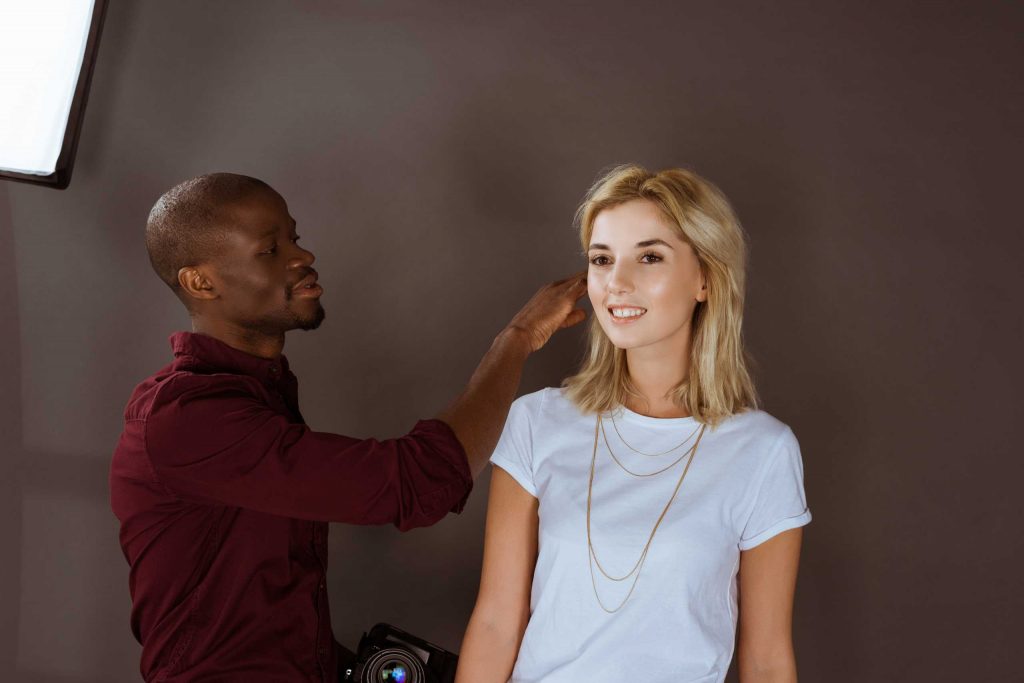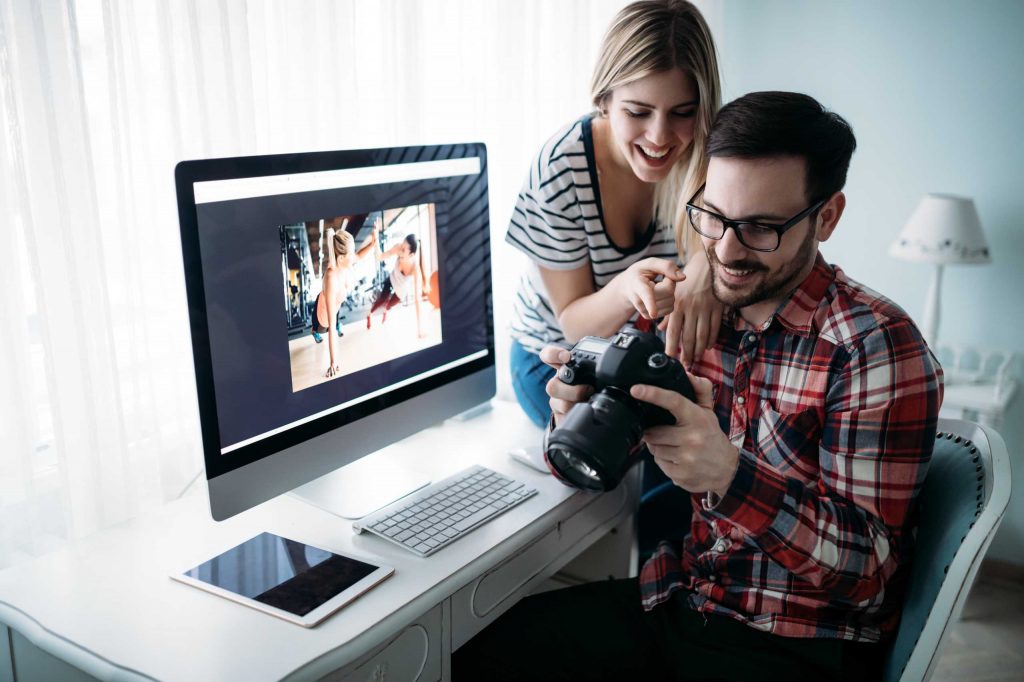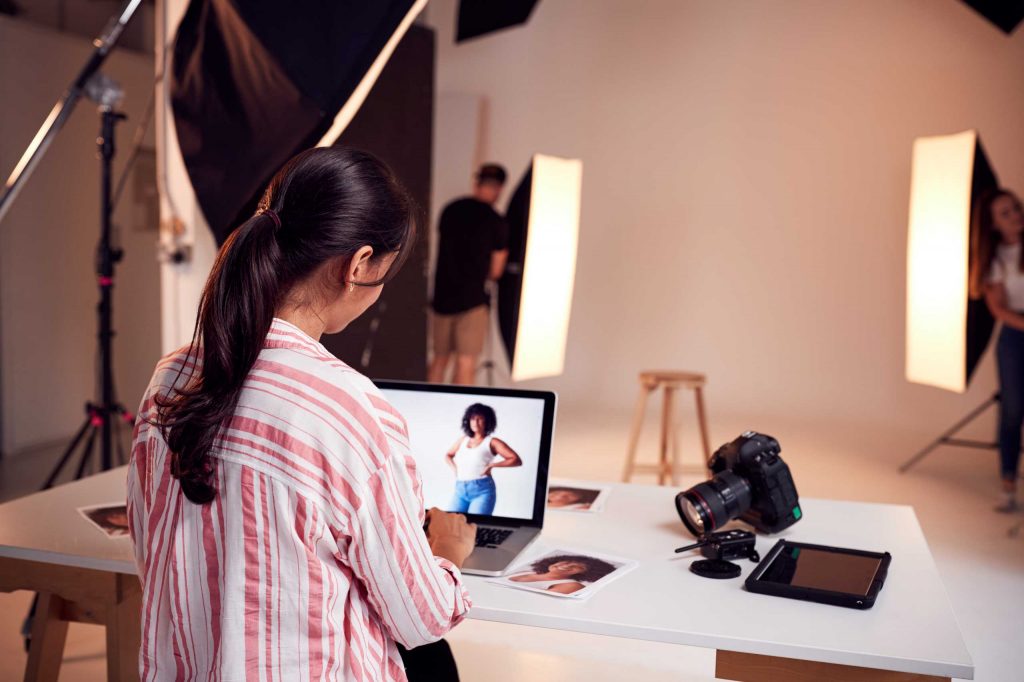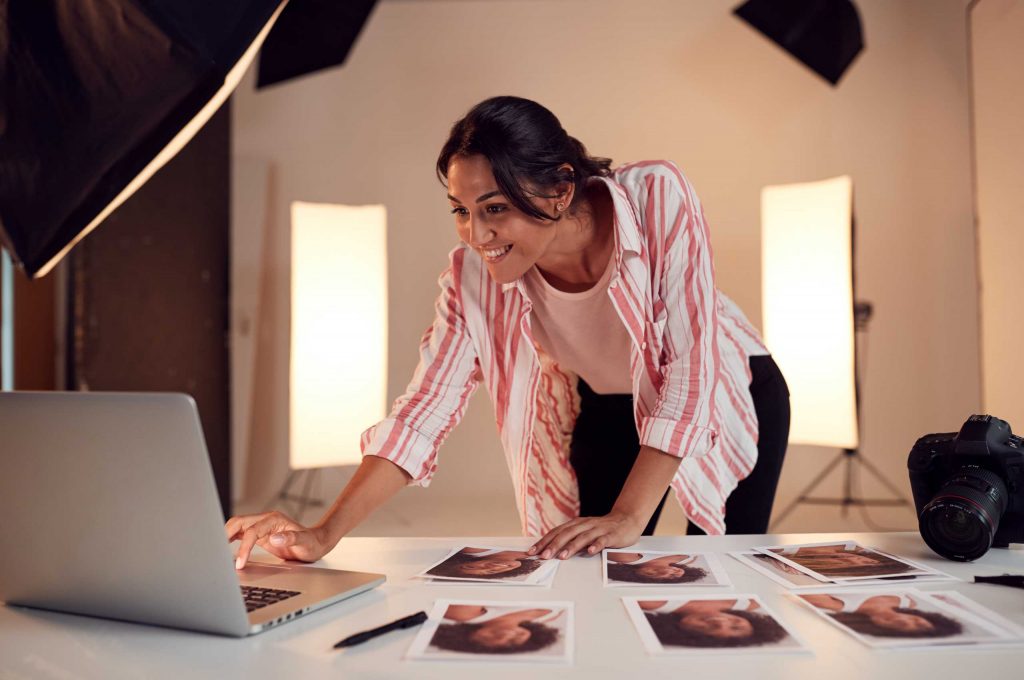Color correction is often the unsung hero of photo editing. It can take a technically good photo and turn it into a visually striking masterpiece. But beyond fixing exposure or white balance, color correction shapes the entire emotional tone of your image.
What Is Color Correction and Why It Matters
At its core, color correction is about adjusting the colors and tones in a photo to look natural and balanced. However, done right, it becomes an artistic tool:
- Corrects unwanted color casts caused by lighting conditions.
- Enhances skin tones and textures.
- Sets the mood by controlling warmth, coolness, and saturation.
Proper color correction helps viewers connect emotionally with the image and guides their focus.
Essential Tools for Effective Color Correction
Professional retouchers use a range of tools to control color precisely:
- White Balance Adjustment
Fixes color temperature to make whites appear truly white, eliminating unwanted tints. - Curves and Levels
These let you adjust brightness and contrast with precision, affecting shadows, midtones, and highlights separately. - Selective Color and Hue/Saturation
Target specific colors to intensify or mute them, perfect for enhancing skies, foliage, or skin. - Gradient Maps and Color Lookup Tables (LUTs)
Apply creative color grades that transform the entire photo’s palette in seconds.
How to Create Mood with Color
The emotional impact of an image often comes from its colors. Here’s how to use color to tell your story:
- Warm tones (reds, oranges, yellows) evoke feelings of comfort, energy, and nostalgia.
- Cool tones (blues, greens) convey calm, freshness, or melancholy.
- Muted palettes can create a vintage or understated look.
- High contrast and saturated colors bring drama and intensity.
By balancing these elements thoughtfully, you can control the atmosphere of your photo effortlessly.
Common Challenges and How to Overcome Them
Color correction can be tricky, especially when dealing with mixed lighting or tricky skin tones. Some tips:
- Use reference images to match desired colors.
- Work on calibrated monitors to ensure color accuracy.
- Avoid pushing saturation too far, which can create unnatural skin tones.
- Use masks to apply corrections selectively.
Practice: The Key to Color Mastery
Spend time experimenting with different correction styles on various images. Notice how subtle changes in tone can completely shift the photo’s feel. The more you practice, the more intuitive color correction will become — allowing you to trust your creative instincts.
By mastering color correction, you’ll add a powerful layer of storytelling to your retouching toolkit — turning simple photos into unforgettable works of art.




